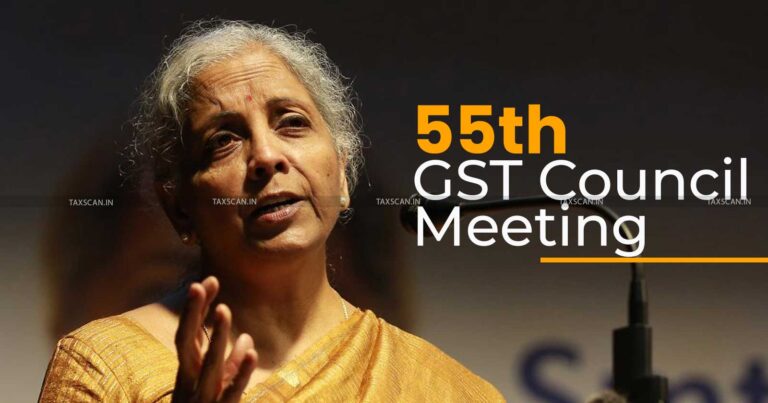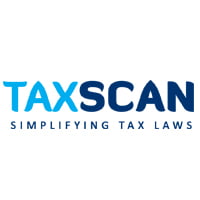Amendments to Credit Note Provisions under GST: Following the 55th GST Council Meeting
This article provides a comprehensive explanation of credit notes under the Goods and Services Tax (GST) regime, including core concepts and relevant amendments implemented following the 55th GST Council Meeting in December 2024

Credit Note:
A credit note is a document issued by a supplier to a recipient. It corrects or reduces the amount of an earlier invoice and adjusts the tax payable accordingly. Section 34 of the CGST Act, 2017 authorizes the issuance of credit notes.
Issuance of Credit Note:
Section 31 of the CGST Act mandates that suppliers issue invoices or bills of supply for all goods or services they provide. However, where the original invoice contains errors or inaccuracies, such as:
1. Overstated Value: The supplier mistakenly declared a higher value for the goods or services than their actual worth.
2. Erroneous Tax Rate: The supplier incorrectly applied a tax rate that was higher than the rate applicable to the specific goods or services provided.
3. Short Supply: The recipient received a quantity of goods or services that was less than what was indicated on the tax invoice.
4.Unsatisfactory Quality: The quality of the goods or services did not meet the recipient's expectations, leading to a request for partial or full reimbursement of the invoice amount.
5. Other Similar Reasons: Any other circumstances where the original invoice inaccurately reflects the actual transaction.
The supplier issues a credit note to rectify these situations which is prescribed under Section 34(1) of the CGST Act, 2017.
Transform GST Compliance with Expert Drafting Skills - Click here to Register
Rule 53 (1A): Credit Note Essentials
Even though there is no prescribed format for credit note, it must contain all required particulars as mentioned under Rule 53(1A) of the CGST Act, 2017.
- Name, address and Goods and Services Tax Identification Number of the supplier;
- Nature of the document;
- A consecutive serial number not exceeding sixteen characters, in one or multiple series, containing alphabets or numerals or special characters-hyphen or dash and slash symbolised as “-” and “/” respectively, and any combination thereof, unique for a financial year;
- Date of issue of the document;
- Name, address and Goods and Services Tax Identification Number or Unique Identity Number, if registered, of the recipient;
- Name and address of the recipient and the address of delivery, along with the name of State and its code, if such recipient is un-registered;
- Serial number(s) and date(s) of the corresponding tax invoice(s) or, as the case may be, bill(s) of supply;
- Value of taxable supply of goods or services, rate of tax and the amount of the tax credited or, as the case may be, debited to the recipient; and
- Signature or digital signature of the supplier or his authorised representative.
Transform GST Compliance with Expert Drafting Skills - Click here to Register
Deadline for Credit Note Declaration
Section 34(2) of the CGST Act mandates that registered persons issuing credit notes must declare these details in their tax return for the relevant month. This declaration deadline is not later than the thirtieth day of November following the end of the financial year or the date of filing the annual return, whichever occurs earlier.
Credit note records must be preserved for 72 months from the due date of filing the relevant annual return. For manual records, storage is required at every place of business listed in the registration certificate. Digital records must be accessible at each related place of business where they are maintained.
Output Tax Liability Adjustment and Discrepancy Resolution
The reduction in output tax liability claimed by the supplier is accepted only if it matches the recipient's corresponding reduction in input tax credit claim. However, if the supplier has passed on the tax and interest incidence to another person, the reduction is not permitted. Any discrepancies, duplication of claims, or unrectified discrepancies are communicated to the supplier and/or recipient, and the amount is added to the supplier's output tax liability in the subsequent month's return.
Transform GST Compliance with Expert Drafting Skills - Click here to Register
CGST Act 34(2) Amendment: Linking ITC Reversal to Output Tax Reduction
The 55th GST Council meeting introduced a significant amendment to Section 34(2) of the CGST Act, 2017, mandating that recipients reverse input tax credit arising from a credit note, thereby enabling the supplier to reduce their output tax liability.
The mandatory reversal of Input Tax Credit (ITC) imposes a compliance obligation on recipients to reverse ITC, upon recipient's acceptance of a credit note in the IMS, the supplier's tax liability decreases, and the recipient's GSTR 2B is updated accordingly. Conversely, if the recipient rejects the credit note in the IMS, the supplier's tax liability increases in the subsequent month's GSTR 3B, and the recipient's GSTR 2B reflects the rejected action.
The suppliers' ability to reduce their output tax liability is contingent upon recipients' timely reversal of ITC.
After the amendment to Section 34(2) of the CGST Act, it is clear that reversal of Input Tax Credit (ITC) is mandatory for recipients of supplies. Recipients must reverse the ITC attributable to a credit note issued by their suppliers, removing any ambiguity and ensuring accurate tax calculation and payment.
Transform GST Compliance with Expert Drafting Skills - Click here to Register
Conclusion
The amendment to Section 34(2) of the CGST Act, 2017, heralds a new era of tax compliance, where credit notes play a pivotal role in maintaining accuracy and transparency. By mandating the reversal of input tax credit, the government has fortified the GST framework, preventing tax evasion and ensuring a level playing field for all stakeholders.
Support our journalism by subscribing to Taxscan premium. Follow us on Telegram for quick updates


